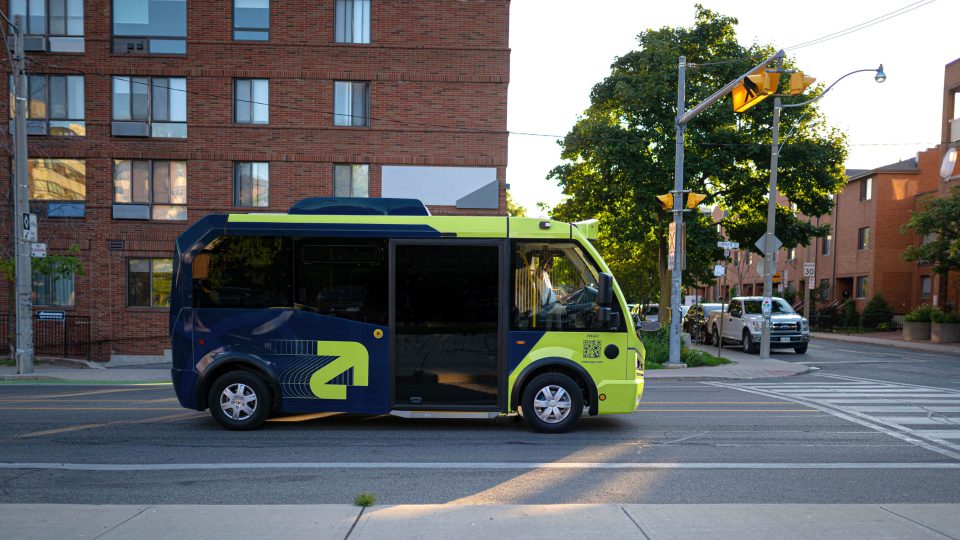Accessibility of public transport: UITP proposals to increase bus visibility within urban landscape
In a recent effort to bolster the accessibility of public transport buses for all passengers, the UITP Bus Division proposed amendments to UN Regulation 107, which governs the manufacture of buses, at the United Nations in Geneva. Goal of the proposals is a plea to make buses universally visible within urban landscapes. Public transport and […]

In a recent effort to bolster the accessibility of public transport buses for all passengers, the UITP Bus Division proposed amendments to UN Regulation 107, which governs the manufacture of buses, at the United Nations in Geneva. Goal of the proposals is a plea to make buses universally visible within urban landscapes.
Public transport and accessibility
Addressing accessibility in public transport is a vital step toward creating inclusive and equitable mobility solutions for all. Recent reporting by The New York Times highlighted that New York City faces a significant accessibility challenge as over 6% of its residents have ambulatory disabilities, yet only 27% of the subway’s 472 stations meet Americans with Disabilities Act standards. Promised improvements have lagged, with just three stations upgraded out of 67 slated for accessibility enhancements, and no set timeline for the remaining 45. These issues underscore the obstacles in making the continent’s largest transit network accessible for all, with long timelines and funding challenges ahead.
A study reveals that manual wheelchair users in Columbus face limited access to public buses, with powered wheelchair users having slightly better but still restricted access, reaching only about 25% of the areas available to the general bus ridership.
Smartphone apps can improve accessibility for people with disabilities, aiding their navigation of public transport and essential services. While some apps offer accessibility features, cost and a lack of mandatory regulations hinder broader accessibility. Developing accessible apps is pricier, which deters smaller entities. Apple and Google provide guidelines and features, but app developers aren’t mandated to comply.
UITP proposals at UN
Back to UITP’s initiative, the organization stresses that “Despite advancements since the European Bus Directive of 2001, and many passengers experience more accessible journeys, some passengers with restricted mobility still grapple with accessibility issues. Inconsistencies in interpretation amongst bus manufacturers have exacerbated the problem. After collaborating with various accessibility assessment associations and conducting real-world tests, it became clear that even buses that adhered to the latest regulations could still pose challenges for these passengers”.
The key amendments under consideration are focused on five pivotal areas and aim to make buses universally visible within urban landscapes:
- 1. Bus Identification: The proposal seeks to improve the overall contrast between buses and their surrounding urban environments, making them more visible to passengers.
- 2. Bus Entry: By amplifying the contrast between the doors and the body of the bus, the aim is to ensure clear and easy entry for passengers, particularly those with limited mobility.
- 3. Space Identification: The proposed changes emphasize clear demarcation and easy identification of spaces within the bus, benefiting all passengers.
- 4. Information and Safety: UITP is advocating for comprehensive informational and safety protocols during journeys to assist passengers.
- 5. Exit of the Bus: Ensuring easy and safe exits for all passengers is a central focus of these amendments, promoting overall accessibility.
The proposed amendments seek to standardize and enhance accessibility features. The goal is to set global service recommendations that make public buses more visible and accessible in urban landscapes, ultimately fostering inclusivity.
Public transport is a vital connector, ensuring that everyone, regardless of their circumstances, can partake in daily life. “15% of the global population have some form of disability and a staggering 750 million people face literacy challenges – UITP states -. Guaranteeing accessibility ensures everyone can take part in society. And accessibility goes beyond catering solely to disabilities. It’s about a parent with a stroller, the 1 in 12 men with colorblindness, and every individual’s right to move freely in society”.









